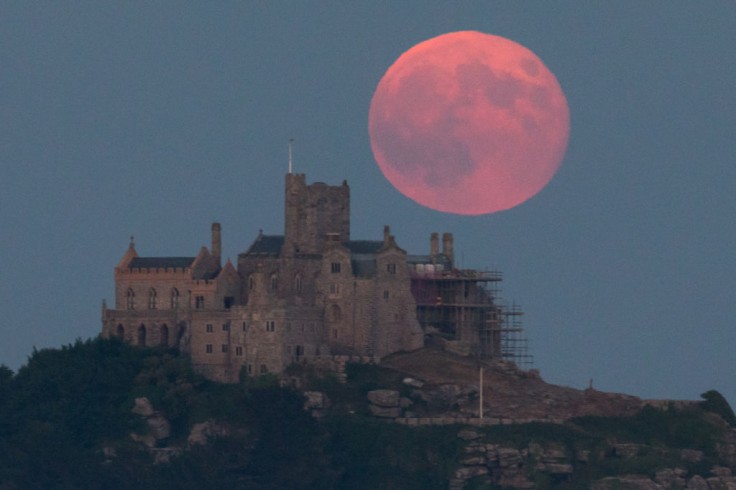
The Sturgeon Moon, the fourth and last supermoon of 2022, will happen on Thursday, August 11 at 9:36 p.m. EDT and 6:36 p.m. PDT.
But how will this spectacular event affect the meteor shower this August?
Sturgeon Supermoon
When the moon and sun are opposite to one another and the moon is illuminated directly by the sun, a full moon happens. As a result, due to the absence of shadows during a full moon, it can be challenging to observe things on the lunar surface in detail, as noted by Space.com.
Supermoons happen when the full moon and the moon's perigee, or closest point to Earth in its orbit, coincide.
August will see the fourth and final supermoon of 2022 in the southeastern sky. In May, June, and July, we've already witnessed three of such events.
Supermoon Streaks Is Not Uncommon
Supermoon streaks, like the one we witnessed last year, are common, though.
Expert on eclipses and former NASA astrophysicist Fred Espanak (via Space.com) forecasts that both 2023 and 2024 will experience four consecutive full supermoons. Meanwhile, 2025 will see three.
August Supermoon Clashes With Perseid Meteor Shower
Given that it coincides with one of the most highly awaited meteor showers of the year, the Perseid meteor shower, this magnificent lunar display is probably not going to be appreciated by everyone, as per Space.com.
As previously reported, the Perseid meteor shower, which is the most well-known and is visible from July 14 to Sept. 1, peaks on warm August nights as seen from the northern hemisphere.
NASA, on the other hand, said that while most viewers in North America may typically see 50 to 60 meteors per hour, the full moon will only allow for a maximum sight of 10 to 20 meteors per hour.
Meanwhile, a separate Space.com report noted that meteor rates increase in years without moonlight, and in years with meteor outbursts (like 2016), the rate can reach 150-200 meteors per hour. At the peak of the meteor shower on a more typical year, you can anticipate seeing up to 100 meteors per hour.
Read More : Perseid Meteor Shower 2022 to Take Place on August 11-12: When, Where, and How to Best Catch It
What Is the Perfect Spot To Watch the Meteor Shower?
The time of day and the moonlight conditions should be carefully considered when seeing meteor showers. Showers that are at their height when the moon is over half lighted will be harder to see due to moonlight.
The Northern Hemisphere and mid-southern latitudes offer the best Perseid meteor shower viewing opportunities, according to Space.com. For the best chance of seeing the Perseids, head somewhere as dark as possible, sit back, and unwind.
There is no need for binoculars or telescopes; instead, you should try to observe as much of the sky as you can while giving your eyes around 30 minutes to adjust to the darkness.
The best time to look for meteors is just before dawn. The meteor activity will peak between Aug. 11 and Aug. 12, according to Space.com.









